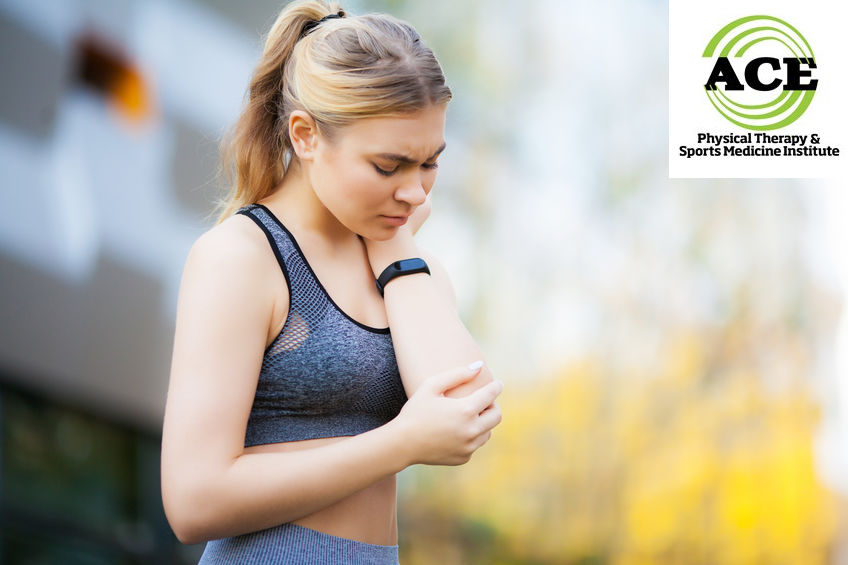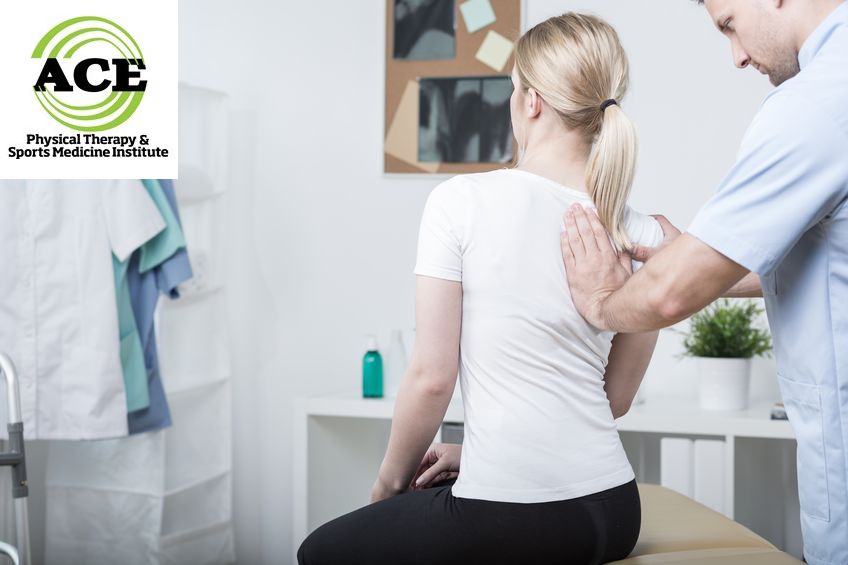
by ACE Physical Therapy, LLC | Jan 23, 2020 | Arm, Elbow & Shoulder |
Tid Bits of Info Impingement syndrome can develop if someone has “rounded shoulder” posture. People might need help to restore the normal motion of the shoulder via manual therapy which should be performed by a Physical Therapist. The use of computers and...

by ACE Physical Therapy, LLC | Nov 14, 2019 | Arm, Elbow & Shoulder |
Tid Bits of Info The Pectoralis Minor (PMi) stabilizes the scapula and assists in breathing. “Rounded shoulder” posture can lead to a chronically “shortened” PMi. PMi originates from the 3-5 ribs. Treatment for an injury to the PMi is conservative and usually...

by ACE Physical Therapy, LLC | Sep 26, 2019 | Arm, Elbow & Shoulder |
Tid Bits of Info Primary AC has an insidious on set and secondary AC is a result of a period of immobilization. Primary AC occurs in people over the age of 40 in most cases. Total resolution of all symptoms of AC can take years to occur. There is no clear cut...

by ACE Physical Therapy, LLC | Sep 5, 2019 | Arm, Elbow & Shoulder, Foot & Ankle, Hand & Wrist, Health Conditions, Hip |
Tid Bits of Info 50% of all sports injuries occur at the tendon. Tendons are leather-like and transfer force from the muscle to the bones. Tendinopathy involves inflammation and degeneration of the injured tendon tissue. Eccentric contractions of muscles are...

by ACE Physical Therapy, LLC | Jul 11, 2019 | Arm, Elbow & Shoulder |
Tid Bits of Info The long thoracic nerve is only a motor nerve and it innervates the Serratus Anterior muscle. Damage to the long thoracic nerve will lead to “winging” of the scapula. Abnormal scapula motion is referred to as scapular ...

by ACE Physical Therapy, LLC | Apr 11, 2019 | Arm, Elbow & Shoulder |
Tid Bits of Info The SAB protects the superior aspect of the rotator cuff. The Subacromial space averages 9 mm in height which is big enough to allow all shoulder motion to occur. A healthy SAB is an average of 2 mm thick and an injured SAB can be double the...































